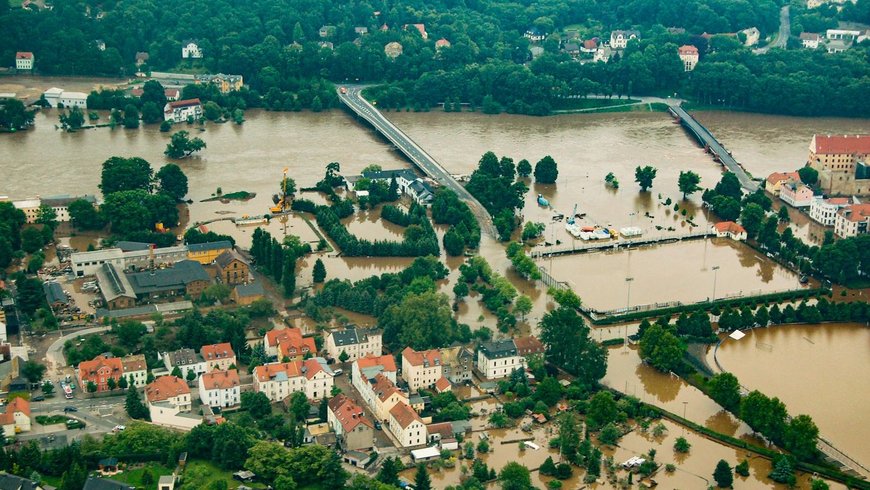Hydrological extremes, i.e. floods and droughts, are globally important natural hazards. Floods and droughts with extreme consequences result from the superposition of various processes at different space- and time scales: physical processes in the atmosphere, in the catchments, in the river systems, and socio-economic processes which feed back, in turn, on physical processes. Our work aims at answering the following research questions: (1) Which interactions lead to extreme events? (2) How do human interventions and climate change affect hydrological extremes?
Our methodological spectrum comprises numerical and stochastic simulation models, in particular coupled models, to quantify the process interactions. An example is the coupling of weather generator, catchment models, hydrodynamic models for representing the water fluxes in rivers and inundation areas, and models for representing failure of safety measures. These simulation models are complemented by innovative approaches for identifying patterns in large data sets. Examples are non-stationary extreme value statistics and non-linear methods such as Bayesian Networks or Random Forests. The joint analysis of a large number of catchments in large regions – in the order of magnitude of 100.000 km2 – allows understanding the genesis of hydrological extremes and their changes across different space-time-scales.



